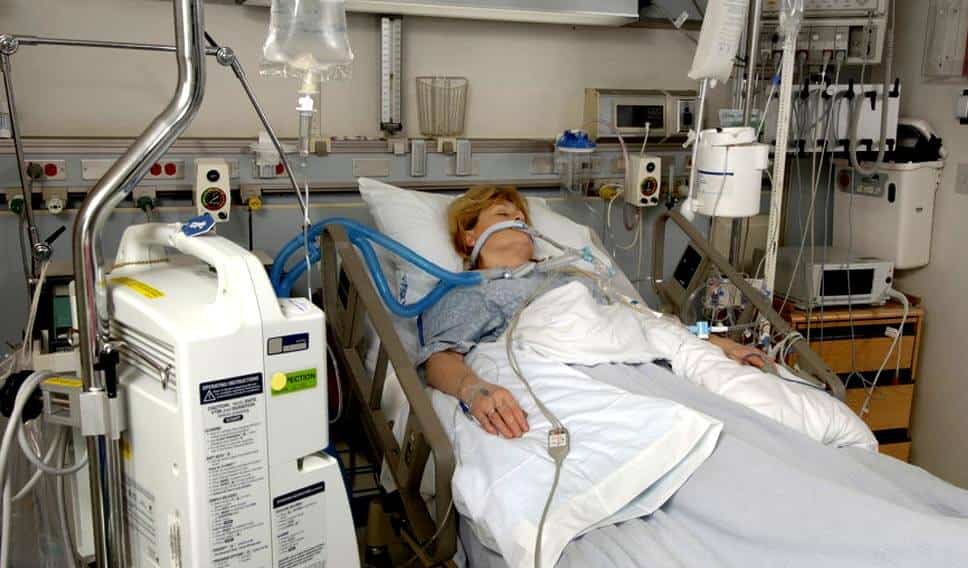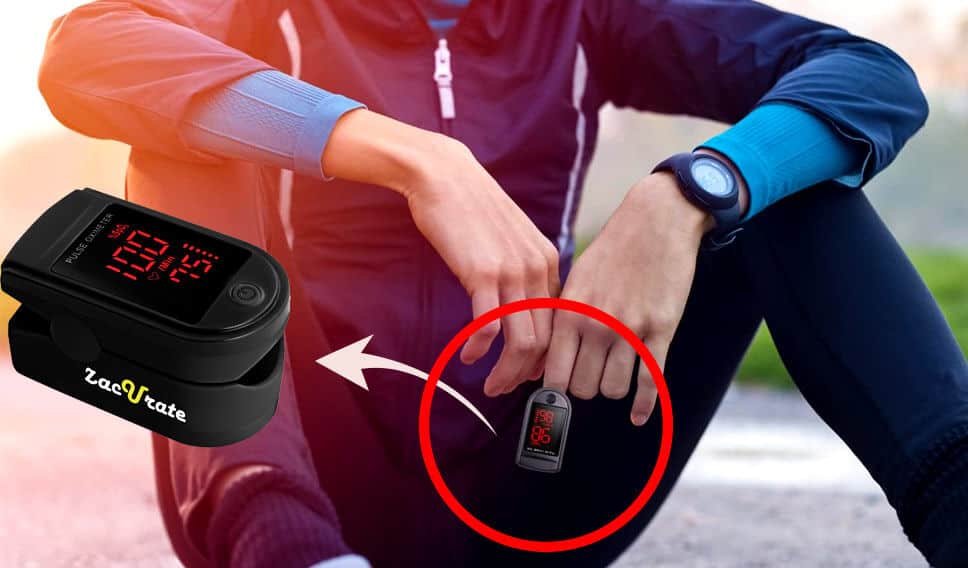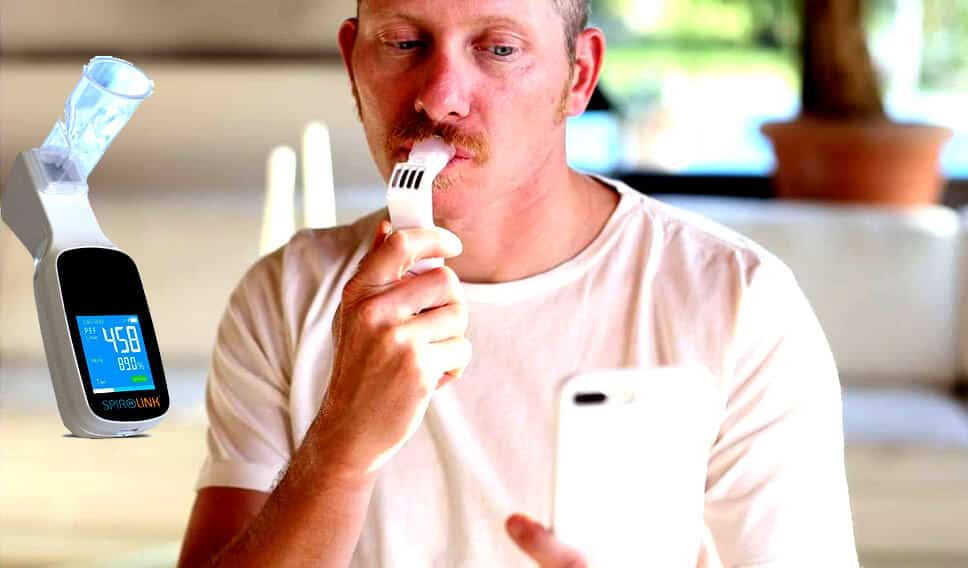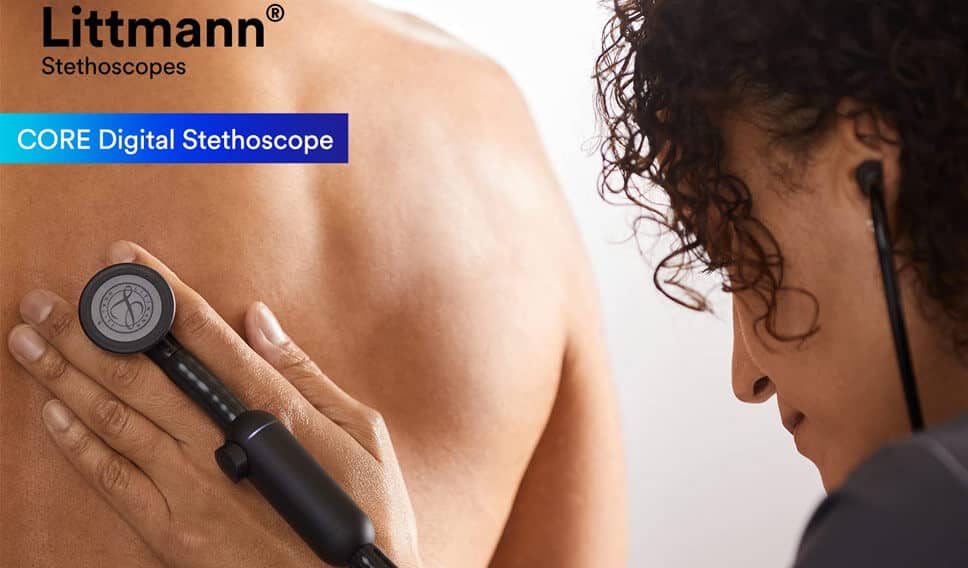This article explores “what technology helps your lungs,” so read carefully. AI and technology have significantly affected healthcare, leading to better-focused solutions and “Precision Medicine” techniques.
Electronic health (e-health) uses digital tools and treatments in different situations, such as mobile health, telemedicine, drug trackers, gadgets, digital stethoscopes, and professional decision-support systems.
E-health has been shown to improve the level of care, make it easier for people to stick to their treatments, and find early signs that chronic lung diseases are worsening. It gives patients the tools and skills they need to become the best self-managers they can be.
It makes care more proactive and more accessible for people to share information. Due to the COVID-19 outbreak, more e-health services help people learn more about their situation and get involved in their care. E-health tools are often used to help people with lung illnesses, especially those with long-term issues.
Also Read: Electrifying Innovations: Boosting Lung Health with Electrical Gadgets
Different kinds of medical tech

Various medical technology and equipment for treating lungs and other health issues exist. Let’s read in detail.
a). Therapy for Children with CPAP and BIPAP
Continuous positive breathing pressure, or CPAP, is a non-invasive treatment that uses a constant stream of pressurized air to keep the airway open during sleep—a standard treatment for conditions including sleep apnea, muscular problems, and underdeveloped lungs. The mask covers the nostril and mouth and connects to an oxygen source using a conduit.
Bilevel Positive Airway Pressure (Bilevel PAP) is similar to CPAP, but air pressure differs when breathing in and out—used for severe breathing and other problems with the lungs or heart.
b). Ventilators
A machine that helps people stay alive by giving them air, getting rid of carbon dioxide, and making breathing easier or doing it for them. It attaches to the esophagus with a tracheostomy tube or an endotracheal tube, which goes through the mouth and into the lungs.
c). The Oscillators
High-frequency oscillatory ventilators can be set to take shorter or faster breaths in certain situations to protect assisted lungs. There are also high-frequency jet ventilators.
d). Tracheostomy
A surgically made hole in the neck that can be used to breathe instead of the mouth or nose. The hole goes all the way into the windpipe or trachea.
e). Pulse Oximeters
A machine that can figure out a person’s air level without touching them. It could also give the heart rate.
f). Apnea Monitors
Medical equipment tracks heart rate and breathing patterns without touching the body. If the heart rate drops or breathing stops, a warning goes off. Most often used for babies born too early.
g). Cough-assist
A non-invasive device that helps people who can’t cough well, like children with muscle problems or spinal cord injuries, clear their airway (lung) fluids. It uses both positive and negative lung pressure to make you cough naturally.
h). Vest Therapy
A vest that vibrates at high frequencies to help clear mucus from the lungs and avoid pneumonia. Used a lot for diseases like cystic fibrosis and cerebral palsy.
i). Suction tools
A tube (catheter) can remove mucus and fluids from the mouth. It can work through a tracheostomy or in the mouth.
Also Read; Wrist Blood Pressure Monitor Accuracy
Technology That helps your lungs
Our lungs are critical to life because they provide the oxygen needed to breathe. They can, however, be harmed by a range of causes, such as smoking, pollution, and respiratory disorders. Fortunately, technological breakthroughs are aiding in the improvement of lung health and the treatment of lung disorders.
1. Wearables Technology

Click the image to buy on Amazon.
Wearables are becoming increasingly popular for keeping track of people’s health because they can measure physical, physiological, and biological factors in different settings without getting in the way of daily life.
These gadgets, like watches, patches, or other devices, can be worn on the wrist, earlobe, finger, or belt loop of a pair of pants. Pulse oximeters, for example, measure how much light is absorbed and are very important for figuring out how to treat and diagnose acute breathlessness.
Pulse oximetry is helpful for people with asthma and COPD who want to take care of themselves.
Pulmonary ventilation gives essential information about abnormal breathing patterns, especially in people at risk of a rapid decline in their health. People are paying more attention to wearable devices as a safe and cost-effective way to track physical exercise linked to health results.
Different outcomes can measure how much you can exercise, and fitness apps can suggest custom training or recovery plans.
Several portable devices are being made to track the quality of the air indoors and outdoors and other environmental information, such as how to avoid allergies, allergens, and pollution. But putting trackers into daily clinical practice is challenging because of dependability, interoperability, and ensuring that healthcare workers get only a little data.
Also Read; What Medical Devices Should I Have At Home?
2. Smart Inhalers Technology

Click the image to buy on Amazon.
Smart inhalers, also called electronic tracking devices, are essential for ensuring that people with chronic lung diseases use them as prescribed. These devices link to a mobile app through Bluetooth and use sensors attached to or built into the puffer.
They can give you tracking tools, custom messages, and notes based on how you breathe in, your peak flow values, or how you did on a quiz. These data can help doctors find and fix bad habits in patients and help them decide how to change their care.
Trials have shown that COPD and asthma patients who use smart inhalers are more likely to take their medicine as prescribed, have fewer exacerbations, and have better lung function. In 2007, a controlled study found that audio-visual reminder feedback (AVRF) helped the intervention group follow their training much better.
Innovative puffer technology has also made it possible to get feedback on inhaling, reducing the chance of making serious mistakes and ensuring that the proper steps are taken. Inhalers are better than intense teaching regarding the amount of accuracy and time. But the extra cost of the device and the idea that patient tracking is dangerous make it harder to use.
Also Read: Continuous Glucose Monitoring Devices For You
3. Portable Electronic Spirometers

Click the image to buy on Amazon
Pulmonary function tests are essential for identifying and monitoring people with chronic lung diseases like asthma and COPD. But they aren’t always used to their full potential because of big gadgets, hard-to-understand software, and high costs for tuning, upkeep, and supplies.
The rise of movable medical equipment makes better care and care easier overall. Studies have shown that measuring forced vital capacity and breathlessness at home can help people with asthma control their symptoms and improve their quality of life while lowering the number of severe asthma attacks.
A thorough study of small electronic spirometers on the market for people with asthma found that most could also be used for people with COPD, cystic fibrosis, bronchitis, and emphysema.
Most devices tested for peak expiratory flow (PEF) and forced expelled volume in the first second (FEV1), and some gave digital representations and instant feedback. But only four devices were approved by the FDA, and most of them didn’t say anything about how secure the data was.
For execution to work, the data from these devices must be put into electronic medical records correctly. For example, the PIKO-1 gadget measures PEF and FEV1 and tells patients what they mean in real-time.
Also Read; Which Devices Can Solve Heart Problems?
4. Digital Stethoscope Technology

Click the image to buy on Amazon.
René Laennec invented the stethoscope in 1818. It is used to diagnose and tell apart diseases of the lungs. Electronic stethoscopes are a new way to improve the accuracy of auscultation by amplifying and recording the sounds of the lungs and turning them into digital signs.
The digital stethoscope comprises three parts: the data collection module, the pre-processing module, and the signal processing module. A meta-analysis indicated that computer-based approaches can distinguish normal and abnormal lung sounds with 85% accuracy and 80% sensitivity.
In a multi-center clinical study, patients with IPF and control people with the same symptoms are giving digital lung sounds and providing information about themselves.
More study needs to be done to make a standard procedure for using digital stethoscopes correctly, but the lack of dependability and the need for users to get used to them are big problems that make it hard to do. Care must be organized, and data must be available for professional choices to be well-informed.
Also Read; 14 Best Emerging Healthcare Gadgets
Artificial Intelligence (AI) Diagnosis Technology

Click the image to buy on Amazon
Numerous individuals are intrigued by machine learning (ML) and AI (artificial intelligence) applications in medicine, particularly pulmonary medicine. AI and ML have been used to understand chest imaging, lung disease slides, and vital data.
ML has been used to make algorithms for fibrotic lung diseases that use high-resolution computed tomography (HRCT) to tell the difference between usual idiopathic pneumonia (UIP) patterns of other types of pneumonia.
A combined home tracking system called myAirCoach has been tried to see how well it works and how well asthma patients who use inhalers like it.
The system, which includes an inhaler adapter, a monitor for indoor air quality, a tracker for physical activity, a portable spirometer, and a device for measuring fractional exhaled nitric oxide, significantly improved asthma control and the quality of life for people with asthma.
But AI brings up new problems, like worries about privacy, data security, and how it might affect a patient’s freedom.
Also Read; What Are The Best Blood Pressure Watches
Final Words
Due to a lack of resources for treating chronic lung diseases, respiratory medicine has much to gain from digitization. But solutions must be considered to see if they work and are worth the money. For digital treatments to work, doctors, patients, and health technology must talk to each other.
Inhaler devices and apps should be easy to use, and gear should be simple and not get in the way. Patients should be encouraged to take charge of their health.
It is hard to compare results now because of how study power is measured and how hard it is to find the most minor clinical difference. There should be rules about how to run studies and how to report the results.
Keep Reading
- 7 Best Wrist Blood Pressure Monitors For Home
- Best Omron Blood Pressure Monitor For Home Use
- What Is The Future Of Health Technology?
- Top 10 Personal Health monitoring devices
Reference
https://www.ncbi.nlm.nih.gov/pmc/articles
Recent Posts
Here is reply of high-demand removable wallpapers. The wallpaper industry has changed a lot in recent times, with the launch of removable wallpaper being seen as a blessing for homeowners, renters,...
Brown is an often neglected color when considering interior design but brown decor living room ideas could make your house feel warm, sophisticated, and timeless. More adaptable than any other...
